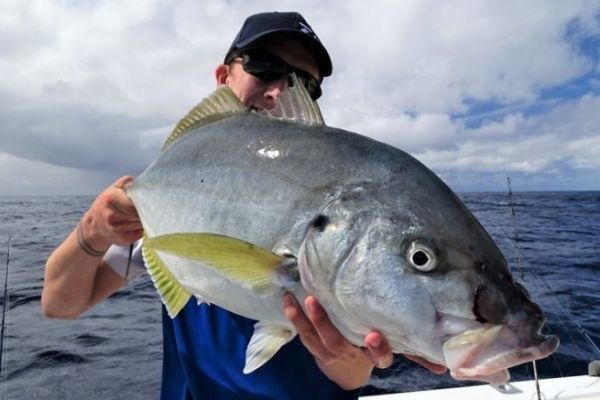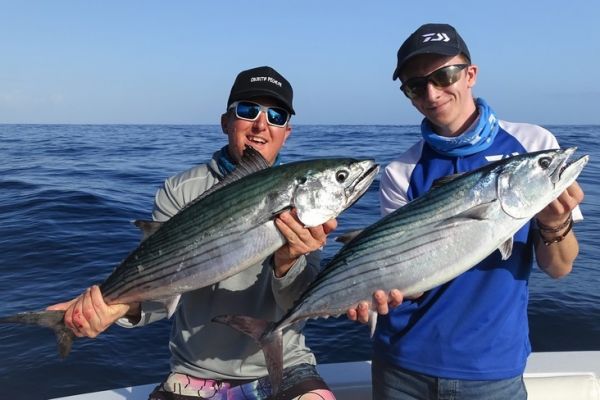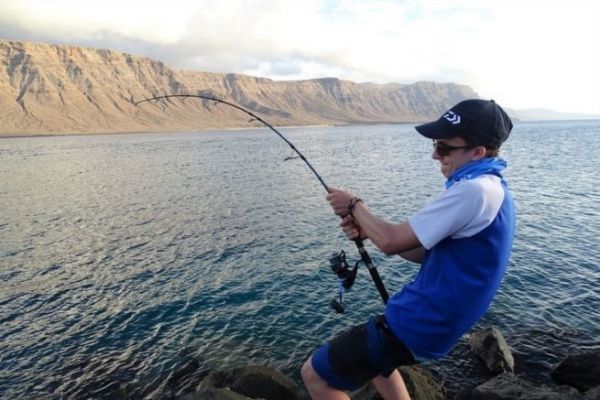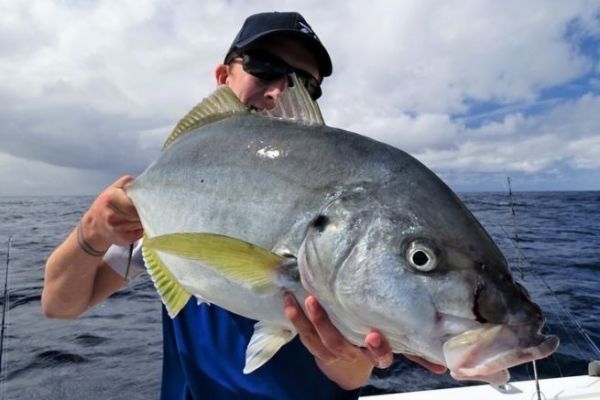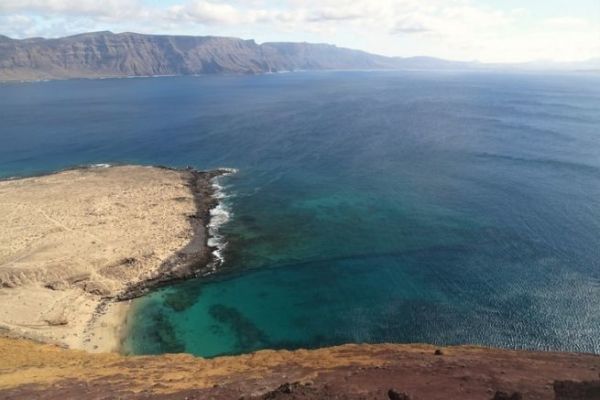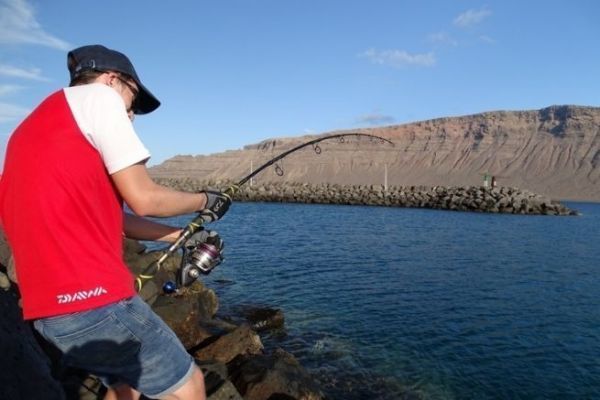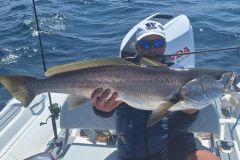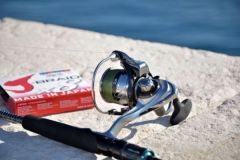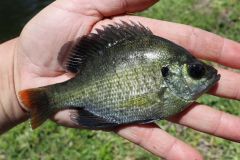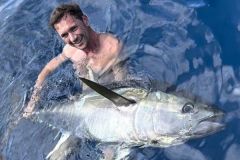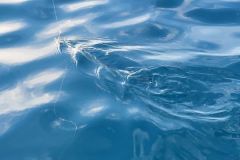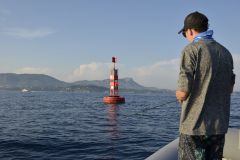Jigging
Speed jigging and slow jigging are undoubtedly the most fun techniques to practice around the Canary Islands. The large number of predatory fish means that you can take plenty of bites and never get bored. The multitude of species present means you can vary the pleasures by changing the type of animation, the type of bottom or the fishing depth. The shallow rocky areas are ideal for slow-jigging white trevally, which are fantastic fighters. Speed jigging is more suitable when you're looking for dentex or pelagic fish such as pelamide.
When the tide is falling or rising, it's very important to find areas where the current is strong, as this is where the predators are. It's not uncommon to come across tassergals, barracudas or amberjacks moving through open water and not hesitating to bite a jig.
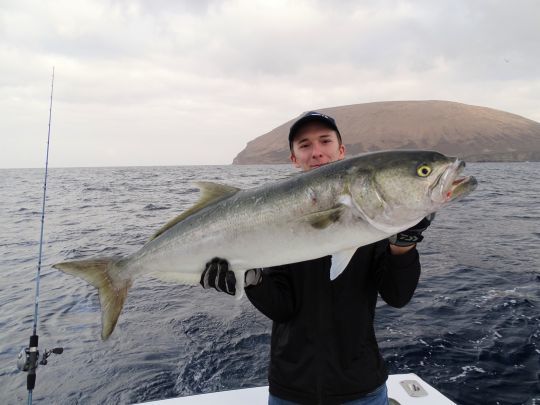
Big-game fishing
The Canary Islands are particularly renowned for their abundance of very large pelagic fish. These include very large bluefin tuna, various species of rostrum fish, as well as dolphinfish and wahoo. These fish are generally targeted by trolling, using lures known as whistlers or paeta.
This is a very special kind of fishing, requiring a good knowledge of how fish move according to the current and the time of year. Average trolling speeds sometimes exceed 8 knots, and attacks are spectacular. However, as the name suggests, this is a fishery that can pay big dividends!
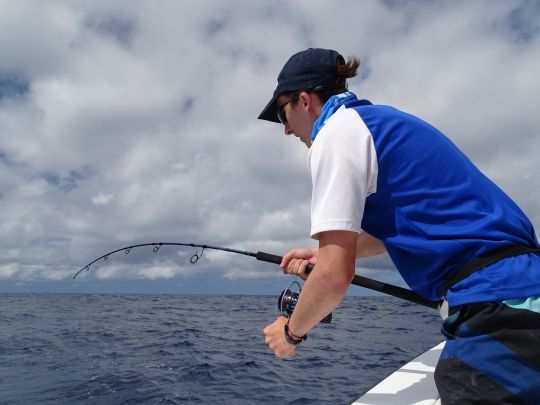
Bait fishing
The waters around the Canary Islands are teeming with species that are difficult to catch with lures. The use of bait lures allows us to catch them more easily. Pagras and humphead wrasse are very common and love shrimp or squid. Depending on the depth of the area, different types of lure can be used to suit the conditions.
In shallow areas, the tenya is particularly effective thanks to its very natural presentation. However, its slow descent speed and susceptibility to being carried away by the current prevent us from using it in depths of over 80 metres without having to overhang it. It is therefore interesting to use madaï or kabura to present a bait without being too bothered by the boat's drift.

 /
/ 